Using old construction equipment isn’t as cheap as you might thinkThe other day I was watching a mobile crane lifting items from a truck onto the roof of a 3-storey building. Now nothing unusual with this, except the operator sat in a cab which could be raised up to a height where he was level with the roof. He could see exactly where the load was being placed in the middle of the roof. He wasn’t dependent on someone talking to him on a radio or standing on the edge of the roof guiding him with hand signals. When he collected the load from the truck he was looking down into the truck and could clearly see the load. The whole operation went quicker and more safely than it would normally go with a conventional mobile crane with the operator’s cab placed a couple of metres off the ground. Furthermore, the operator wasn’t craning his head upwards at an awkward angle to see the roof 12 meters above him. He also didn’t have to look straight up into the sun. I marvelled at how the design of construction equipment has improved over the years. I was reminded that many years ago the company I worked for operated cranes that were 20 and more years old. In fact, the head of the equipment department was proud of the fact that his team kept these old cranes running, sometimes long past their life expectancy. The cranes had been paid for several years before so the rental rates the projects were charged were nominal. Our estimating department used these low rental rates when they priced new projects which gave many projects a winning price advantage. However, this sometimes caused problems when the cranes weren’t available when the project began, and the project team found they had to hire cranes from external sources at rental rates nearly double what the estimator had budgeted in the project price. Now it was one thing having an item of equipment that was cheap to rent, but it was another thing when the equipment broke down repeatedly. In fact, the cheap item of equipment suddenly became very expensive when teams were left standing because the crane was broken! The project was delayed. Teams had to work late to compensate for the time when the crane was out of action. Supervisors and workers became frustrated. Quality was compromised when the crane broke down in the middle of pouring concrete. Furthermore, the equipment division had to rush mechanics to the project to undertake emergency repairs. Sometimes the item couldn’t be repaired on the project and had to be transported back to the yard and a replacement item had to be ordered and shipped to the project. Costs mounted! I realised the folly of using old equipment and eventually persuaded the company to purchase a new fleet of cranes which were more expensive to rent but far more reliable. This same company had an extensive fleet of earthmoving equipment and had kept meticulous records of the maintenance and finance costs of the items. They carried out various studies relating the purchase price of new equipment, plus the cost of repairs and maintenance of the item over time, and taking into account the resale value of the item when the company sold and replaced it. Now the cost of the repairs and maintenance increased the older the item was, and the resale value decreased the more hours the machine worked. By plotting these values it was possible to work out the optimum point when the item should be replaced – after this point the item became more costly to maintain and keep. This optimum point varied between different items of equipment (excavators, loaders, graders, etc). Of course, this does generalise slightly as not every item of equipment is exactly the same, or has operated in the same conditions, or with the same operator. Indeed, I’m sure many of us have owned the dud vehicle that has given trouble from day one while others with the same vehicle haven’t had one iota of problems. Then there are other items that just seem to go on and on, as good as the first day they left the showroom. The disadvantages of using old construction equipmentConstruction companies that own their own equipment often face challenges of deciding whether to purchase new or used items. Then when should the item be replaced? Projects that rent or hire equipment often rent the cheapest item without considering the age or reliability of the machine. Making the wrong decision can be very costly – but often these costs aren’t obvious. So what are the disadvantages of using older equipment?
Choosing the right construction equipmentConstruction companies need to carefully consider whether to purchase new equipment or previously used equipment. Then they should consider when to replace the item. These decisions can have major financial consequences as well as impacting the success of their projects. In some cases, when the company doesn’t have the financial ability to purchase a new machine, or a replacement item, it may be better not to own the item, but to rather rent the item from an external provider. Projects should carefully consider when they hire equipment for the project whether the cheapest item available is really going to be the best, and ultimately the cheapest item for their work. A broken piece of equipment can be very costly and disruptive to the project. #constructionequipment #constructionmachines #constructionmanagement #contractors This article was first published on the ClockShark website. Please share this post To read more about the author’s books and find out where you can purchase them visit the pages on this website by clicking the links below: 'Successful Construction Project Management: The Practical Guide' 'Building a Successful Construction Company: The Practical Guide' 'Construction Claims: A Short Guide for Contractors' 'Construction Project Management: Tips and Insights' 'Construction Book reviews' To read more about the author visit the page 'Paul Netscher' Want to contact Paul Netscher please enter your details on 'Contacts' Find out how Paul Netscher can help you Order your books from Amazon Order your books from Amazon UK © 2017 This article is not to be reproduced for commercial purposes without written permission from the author. 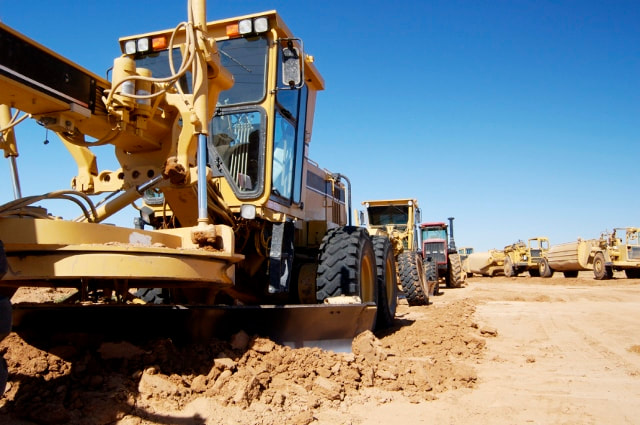 The other day I was watching a mobile crane lifting items from a truck onto the roof of a 3-story building. Now nothing unusual with this, except the operator sat in a cab which could be raised up to a height where he was actually level with the roof. He could see exactly where the load was being placed in the middle of the roof. He wasn’t dependent on someone talking to him on a radio or standing on the edge of the roof guiding him with hand signals. When he collected the load from the truck he was looking down into the truck and could clearly see the load. The whole operation went quicker and more safely than it would normally go with a conventional mobile crane with the operator’s cab placed a couple of meters off the ground. Furthermore, the operator wasn’t craning his head upwards at an awkward angle to see the roof 12 meters above him. He also didn’t have to look straight up into the sun. I marveled at how the design of construction equipment has improved over the years. I was reminded that many years ago the company I worked for operated cranes that were 20 and more years old. In fact, the head of the equipment department took particular pride at how his team kept these old cranes running, sometimes long past their life expectancy. The cranes had been paid for many years ago so the rental rates the projects were charged were nominal. Our estimating department used these low rental rates when they priced new projects which gave many projects a winning price advantage. However, this sometimes caused problems when the cranes weren’t available when the project began, and the project team found they had to hire cranes from external sources at rental rates nearly double what the estimator had budgeted in the project price. Now it was one thing having an item of equipment that was cheap to rent, but it was another thing when the equipment broke down repeatedly. In fact, the cheap item of equipment suddenly became very expensive when teams were left standing because the crane was broken! The project was delayed. Teams had to work late to compensate for the time when the crane was out of action. Supervisors and workers became frustrated. Quality was compromised when the crane broke down in the middle of pouring concrete. Furthermore, the equipment division had to rush mechanics to the project to undertake emergency repairs. Sometimes the item couldn’t be repaired on the project and had to be transported back to the yard and a replacement item had to be ordered and shipped to the project. Costs mounted! I realized the folly of using old equipment and eventually persuaded the company to purchase a new fleet of cranes which were more expensive to rent but far more reliable. This same company had an extensive fleet of earth-moving equipment and had kept meticulous records of the maintenance and finance costs of the items. They carried out various studies relating the purchase price of new equipment, plus the cost of repairs and maintenance of the item over time and taking into account the resale value of the item when the company sold and replaced it. Now the cost of the repairs and maintenance increased the older the item was, and the resale value decreased the more hours the machine worked. By plotting these values it was possible to work out the optimum point when the item should be replaced – after this point the item became more costly to maintain and keep. This optimum point varied between different items of equipment (excavators, loaders, graders, etc). Of course, this does generalize slightly as not every item of equipment is exactly the same, or has operated in the same conditions, or with the same operator. Indeed I’m sure many of us have owned the dud vehicle that has given trouble from day one while others with the same vehicle haven’t had one iota of problems. Then there are other items that just seem to go on and on, as good as the first day they left the showroom. construction management construction project management
13 Comments
25/3/2021 04:18:34 am
Thanks for making it clear how it isn't cheaper to use old construction equipment. No one should use old equipment unless it is certified to be safe. People should not be put in danger in order to save a couple of bucks.
Reply
8/7/2021 12:53:19 pm
I appreciated it when you shared that the quality of work was compromised when a crane broke down in the middle of the project. Hence, it is very important to acquire a well-maintained equipment that will less likely to break down. I would like to think if a company needs to use a crane for its project, it should consider renting from a reliable service.
Reply
11/8/2021 10:42:48 pm
I believe in the saying dont fix what isn't broken.(correct me if im wrong) Though these items are 20 years old. They're bound to fail, nothing lasts forever. However we should try adapt into the new ways.
Reply
1/9/2021 09:33:08 pm
I can only imagine how much it must cost to have your team sitting around while the machine is broken down. That would honestly drive me crazy. I hope that I never have to deal with that so I'll stick to buying new equipment.
Reply
9/11/2021 11:57:57 pm
It goes without saying that upgrading an equipment can make your business more functional, increase jobsite productivity, reduce downtime, ensure safety of workers and improve overall efficiency.
Reply
29/1/2022 07:00:56 am
I can see having a crane that is paid off would allow for nominal charging. A rental service could then charge less on the cranes that aren't paid off. This would benefit everyone.
Reply
3/6/2022 02:42:44 am
It was interesting when you talked about how old construction equipment can cause project delays. If you are looking to purchase new construction equipment, it seems like it would be a good idea to sell your old machines first. Selling your machines would probably be a good way to raise the money you need for new equipment.
Reply
25/8/2022 08:29:07 am
It was most captivating when you mentioned the project gets delayed when the equipment broke down repeatedly. My friend needs a rigging lifting service to finish their project on time. I should advise him to work with a contractor that deploys expert personnel for the task.
Reply
7/12/2022 05:47:15 am
Thanks for explaining how old equipment can cost a lot because they are expensive to repair in both time and money because the project will be delayed. My cousin has been thinking about getting a crane for his current construction project because it requires moving some very heavy items. I think that renting a new crane could be really useful for him to be safer.
Reply
28/12/2022 06:18:52 pm
Thank you for pointing out that having equipment that is inexpensive to rent is one thing, but having equipment that frequently breaks down is quite another. My father wants to purchase tools for building. I'll recommend that he hire high-quality equipment rather than focusing solely on price.
Reply
11/8/2023 04:02:03 pm
Hey there! I just read the article about using old construction equipment. It really opened my eyes to the crucial role that modern equipment plays in construction projects. Using outdated machinery not only affects efficiency but also safety. It's amazing how technology advancements have revolutionized the construction industry. Let's prioritize updating our equipment to ensure smooth operations and, most importantly, keep everyone on the site safe. Great read! 🏗️🔧
Reply
Leave a Reply. |
Archives
June 2024
Note: We welcome genuine comments, especially comments that add additional information to the subject matter in the article. We however reserve the right to remove inappropriate comments, which includes comments that have nothing to do with the subject, comments that include inappropriate language, and comments that are an advertisement for a product or company, or which include an advertising link. Comments must be in English. We will not enter into discussion on why a particular comment was removed.
CategoriesCopyright 2016 - The attached articles cannot be reproduced for commercial purposes without the consent of the author.
The opinions expressed in the attached articles are those of the writer. It should be noted that projects are varied and different laws and restrictions apply which depend on the location of the contractor and the project. It's important that the reader uses the supplied information taking cognisance of their particular circumstances. The writer assumes no responsibility or liability for any loss of any kind arising from the reader using the information or advice contained herein. "I have what I consider some of the best books on construction management."
Books are available from: Amazon.com Amazon.co.uk takealot.com kalahari.com Amazon.in Amazon.de Amazon.fr Amazon.it Amazon.com.au Powell's Fishpond uread bokus Amazon.ca Amazon.es Other retail stores Available in paperback or on Kindle "28 YEARS OF CONSTRUCTION PROJECT MANAGEMENT EXPERIENCE, DEVELOPING SUCCESSFUL CONSTRUCTION PROJECT MANAGERS AND BUILDING SUCCESSFUL CONSTRUCTION COMPANIES"
|
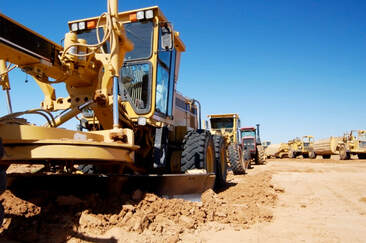
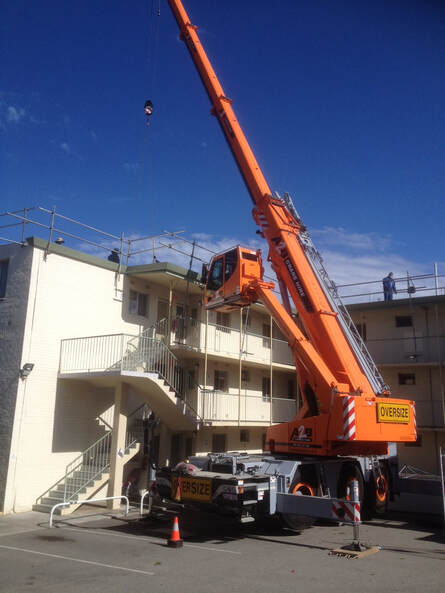
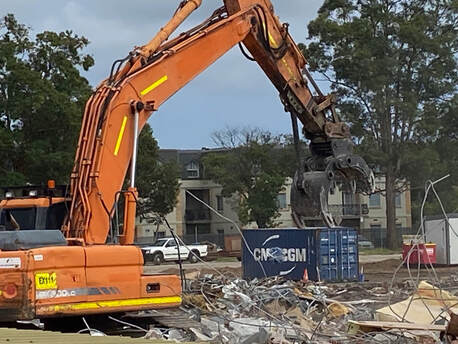
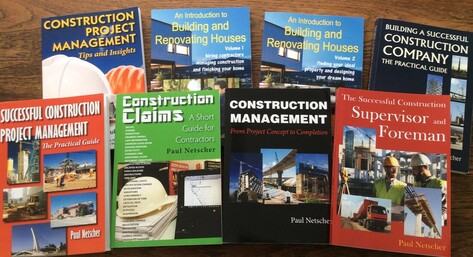
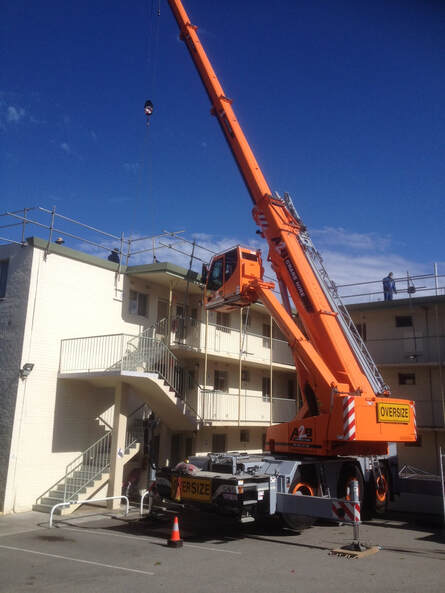
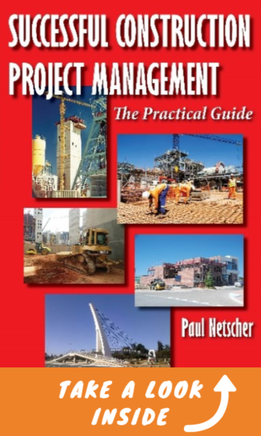


 RSS Feed
RSS Feed




